Categories > Guides and Tips
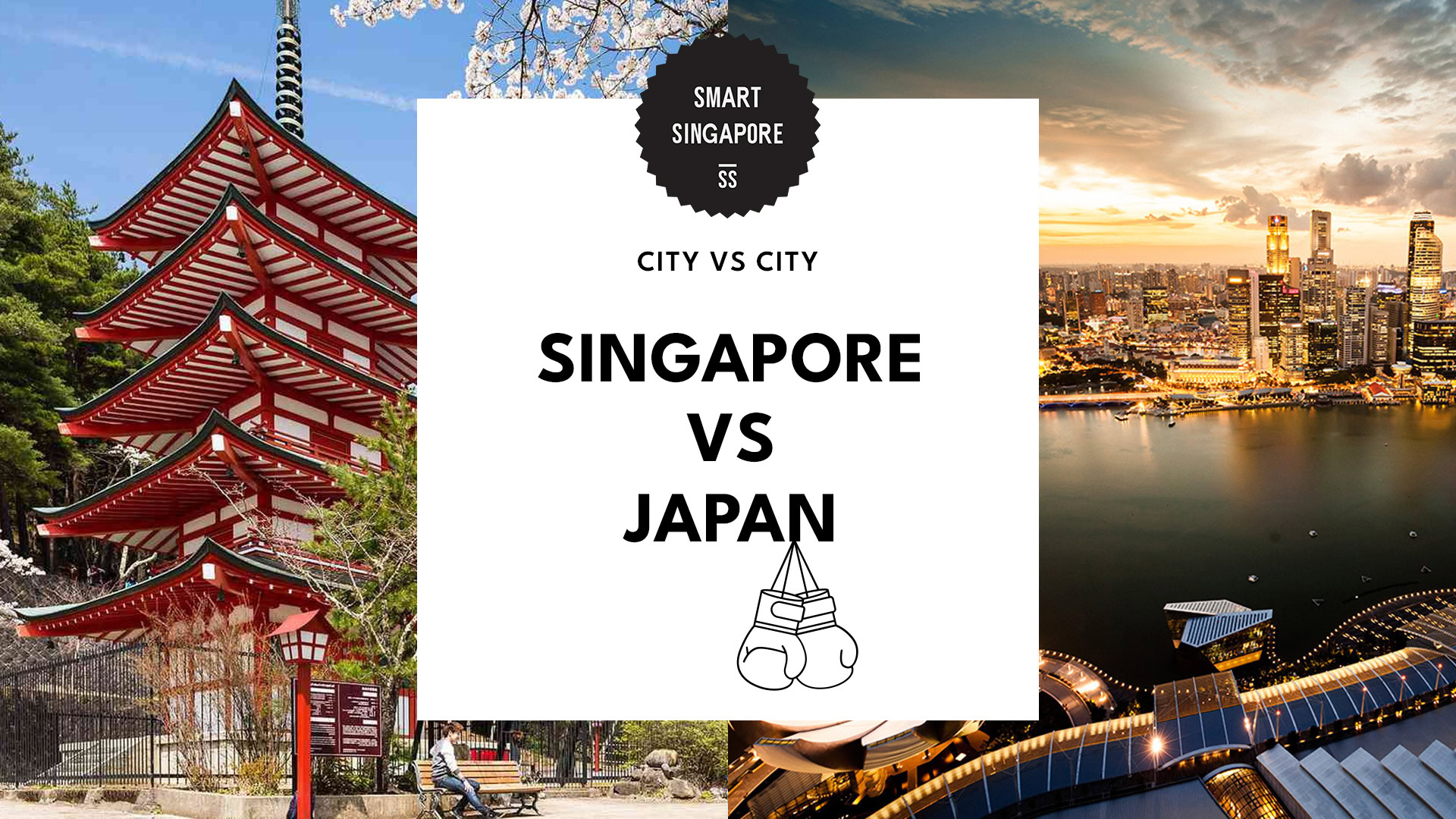
Singapore vs Japan: How do they compare to seasoned travellers?
- Travel Costs in Singapore vs Japan
- Cultural Experiences in Singapore vs Japan
- Cuisine in Singapore vs Japan
- Nightlife in Singapore vs Japan
- Natural Attractions in Singapore vs Japan
- Activities and Entertainment in Singapore vs Japan
- Crime and Safety in Singapore vs Japan
- Singapore vs Japan: Which is the better travel destination?
Thinking about your next adventure in Asia but torn between the urban marvel of Singapore and the cultural tapestry of Japan? I’ve been lucky enough to explore both these incredible destinations, and let me tell you, each offers a unique slice of paradise.
Both places offer awesome experiences, but Singapore is perfect for a modern, convenient city escape, while Japan provides a deep dive into culture and nature.
Let’s look closer and discover what makes each place special.
Travel Costs in Singapore vs Japan
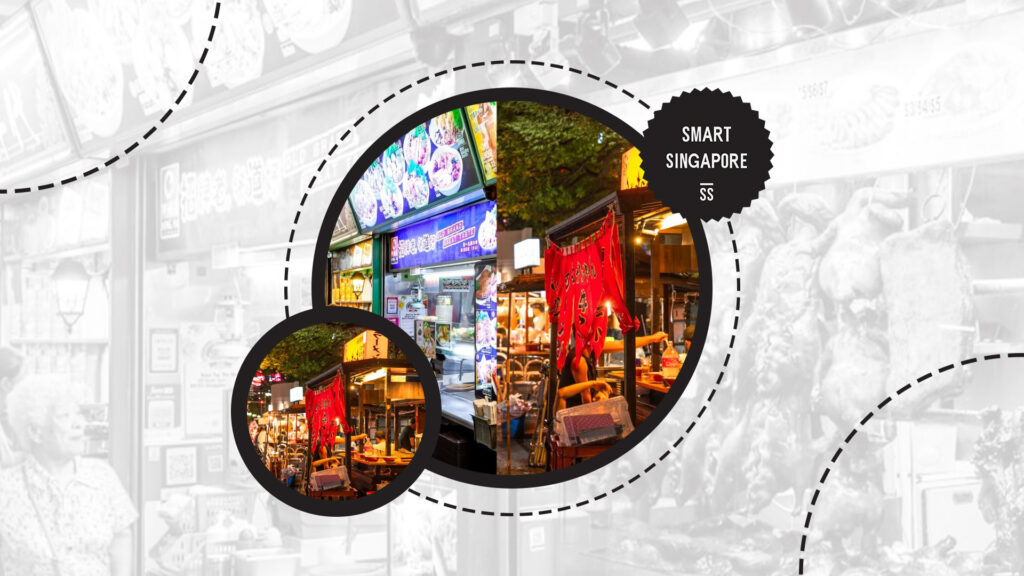
Travelling to Singapore is, on average, S$40 more expensive per day compared to Japan (specifically Tokyo) across different types of travellers.
In Singapore, the daily expenditure for a budget traveller is around S$60-100. Mid-range travellers can expect to spend S$150-300, while luxury travellers might spend over S$ 500 per day. (BudgetYourTrip)
Meanwhile, the daily budget for budget travellers in Tokyo is around JPY 7,000-10,000 (S$100-135). Mid-range travellers may spend JPY 15,000-25,000 (S$200-335), and luxury travellers can easily exceed JPY 40,000 (S$540) daily.
Here’s a table showing the breakdown of expenses to compare the two further.
| EXPENSES | SINGAPORE | JAPAN |
| Accommodation | • S$50-100/night (budget hotels) • S$150-300/night (mid-range hotels) • S$400ᐩ/night (luxury hotels) | • JPY 3,000-6,000 (S$40-80)/night (hostels) • JPY 10,000-20,000 (S$135-270)/night (mid-range hotels) • JPY 30,000 (S$400)/night (luxury hotels |
| Food | • S$3-8/meal (hawker centres • S$20-50/meal (mid-range restaurants) • S$100ᐩ/meal (fine dining) | • JPY 500-1,000 (S$7-14)/meal (ramen or bento) • JPY 2,000-5,000 (S$27-67)/meal (mid-range restaurants) • JPY 10,000 (S$135)/meal (fine dining) |
| Transportation | • S$1-2/ride (MRT, public bus) • S$10-30/ride (taxi, rideshare) | • JPY 200-400 (S$3-5)/ride (subway) • JPY 29,650 (S$400)/7 days (Japan Rail Pass) |
| Attractions/Activities | • S$10-20/entry (Gardens by The Bay) • S$70-100/entry (Universal Studios Singapore) • Free entry to most parks and museums | • JPY 500-1,000 (S$7-14)/entry (Tokyo National Museum, etc.) • JPY 8,200 (S$ 110)/entry (Tokyo Disneyland) • Free entry to some shrines and gardens |
Cultural Experiences in Singapore vs Japan
Singapore offers an accessible and diverse cultural experience, ideal for those who enjoy a blend of different cultures and modern comforts. In contrast, Japan provides an immersive and traditional experience for those fascinated by history, culture, and the unique aspects of Japanese life.
Singapore is a melting pot of cultures, with significant Chinese, Malay, Indian, and Eurasian communities. This diversity is reflected in the city’s festivals, food, architecture, and daily life.
Major cultural areas include Chinatown, Little India, and Kampong Glam, each offering unique experiences and insights into their respective cultures.
Japan is renowned for its deep-rooted traditions and rich cultural heritage. From tea ceremonies and traditional festivals (matsuri) to sumo wrestling and kabuki theatre, Japan offers a plethora of cultural experiences.
Historic cities like Kyoto and Nara are home to numerous temples, shrines, and gardens that offer a glimpse into Japan’s past.
Cuisine in Singapore vs Japan
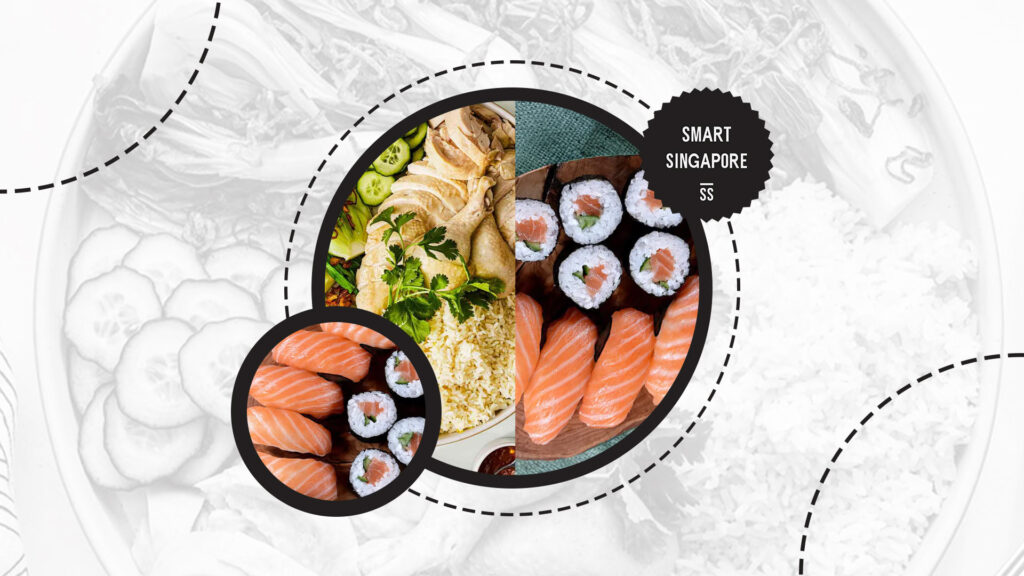
Singapore’s food scene is all about diversity as it’s a melting pot of Chinese, Malay, Indian, and Peranakan cuisines. Meanwhile, Japanese cuisine emphasises tradition and presentation, with a focus on seasonal ingredients.
The Lion City’s hawker centres are iconic, offering affordable and authentic street food in a vibrant, communal setting. The diversity is evident in the variety of dishes available, from Hainanese chicken rice to nasi lemak and roti prata.
On the other hand, food culture in Japan often includes unique dining experiences such as izakayas (Japanese pubs), sushi bars, and tea ceremonies. Traditional settings and meticulous presentation enhance the dining experience.
Nightlife in Singapore vs Japan
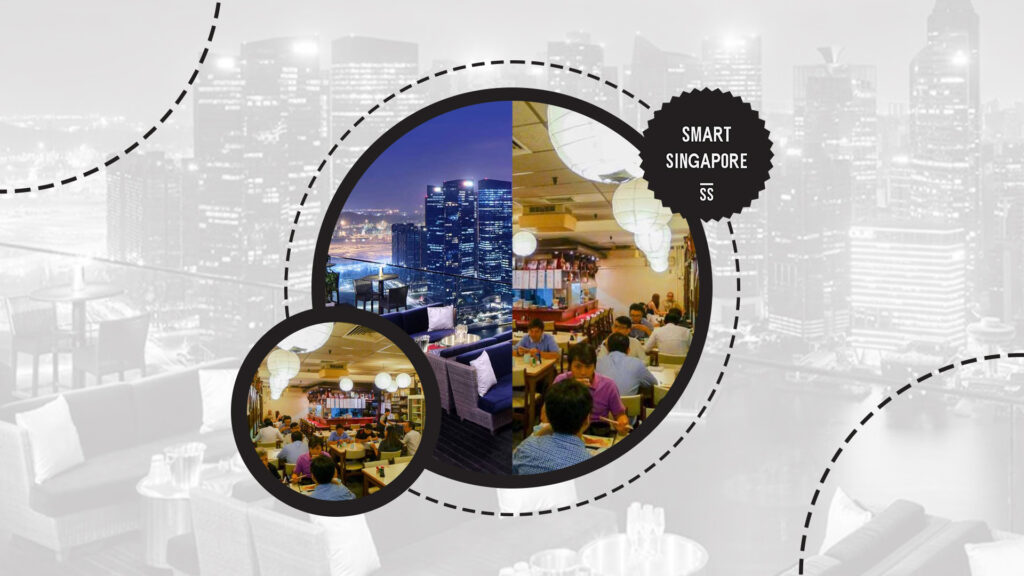
For me, Tokyo offers a more exciting and diverse nightlife compared to Singapore, with its wide range of options from traditional izakayas and karaoke bars to high-tech clubs and themed experiences, creating a vibrant atmosphere.
Singapore’s nightlife is a blend of sleek rooftop bars, vibrant nightclubs, and eclectic speakeasies. Iconic spots like Clarke Quay offer a lively mix of bars, speakeasies, and clubs along the river, while Marina Bay Sands’ rooftop bar, Ce La Vi, provides stunning city views and a chic atmosphere.
In Japan, tourists can enjoy a traditional izakaya experience in Golden Gai, a district of narrow alleys with over 200 tiny bars, or explore the trendy nightlife in Roppongi, known for its international vibe and upscale clubs.
Natural Attractions in Singapore vs Japan
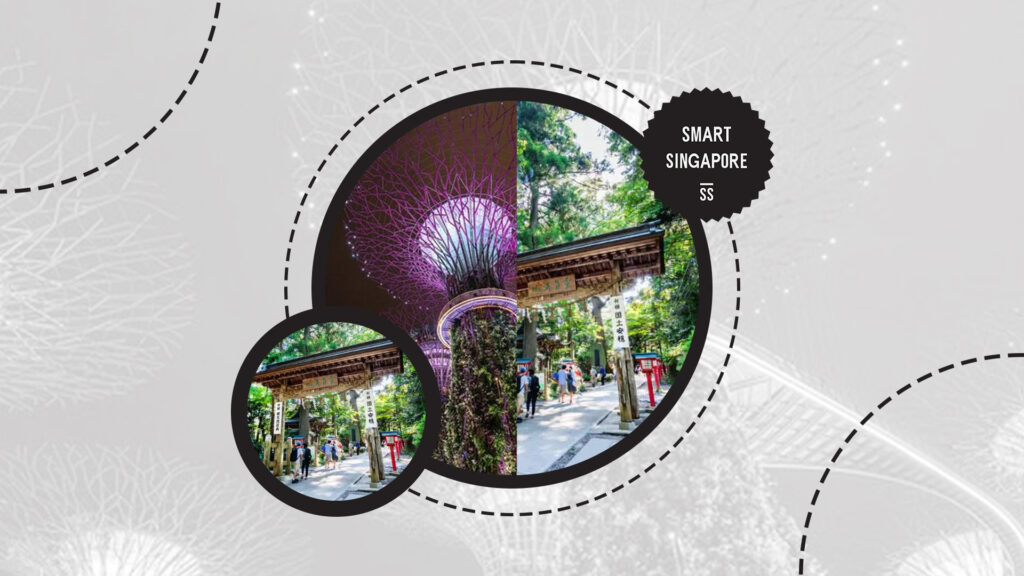
Though both are urban landscapes, Tokyo offers more diverse and extensive natural attractions compared to Singapore. Ueno Park, Meiji Shrine, and many gardens provide a refreshing contrast to the city’s hustle and bustle.
Singapore boasts well-maintained green spaces and nature reserves amidst its urban environment. The Singapore Botanic Gardens, a UNESCO World Heritage site, has tranquil lakes and themed gardens, while Gardens by the Bay features the iconic Supertree Grove and the Cloud Forest Conservatory.
Tokyo seamlessly integrates its natural attractions with urban life, offering a mix of serene parks and historical gardens. Shinjuku Gyoen is a sprawling park with diverse landscapes, including traditional Japanese, English, and French gardens, while the Meiji Shrine’s forested grounds provide a peaceful retreat in the heart of the city.
Activities and Entertainment in Singapore vs Japan
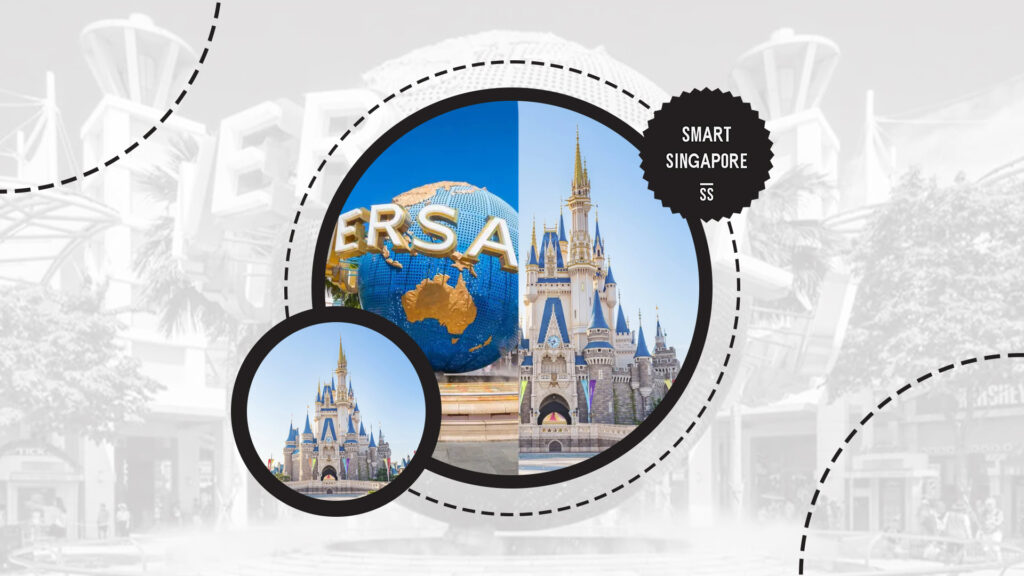
Overall, Tokyo’s blend of traditional and cutting-edge attractions tends to offer more diverse and engaging activities for tourists compared to Singapore.
Tokyo generally offers a wider variety of activities and entertainment options for tourists. The city’s vibrant mix of traditional and modern attractions includes world-class shopping districts like Shibuya and Ginza, unique themed cafes, and a bustling nightlife.
Iconic sites such as Tokyo Disneyland, as well as cultural experiences like sumo wrestling and kabuki theatre, provide diverse and memorable experiences.
On the other hand, Singapore also has a lot to offer, with attractions like Sentosa Island, Marina Bay Sands, and a variety of cultural precincts. Its modern infrastructure and family-friendly attractions such as Universal Studios Singapore, the Night Safari, and numerous rooftop bars make it an appealing destination.
Crime and Safety in Singapore vs Japan
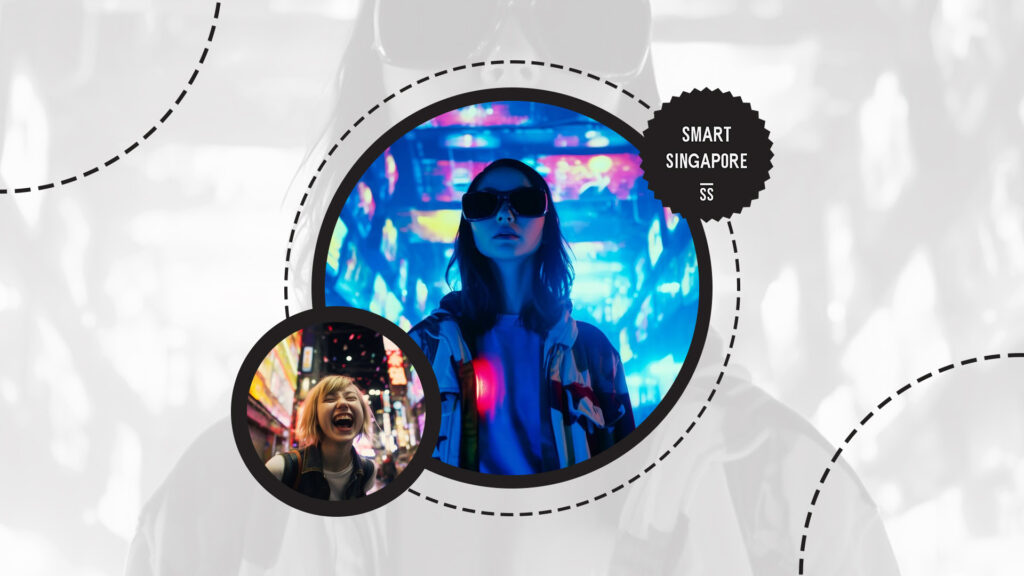
Both Singapore and Tokyo are exceptionally safe cities for tourists, ranking among the top in global safety indexes. However, Singapore slightly edges out Tokyo in overall safety.
Singapore is often rated as the world’s safest city for tourists. According to NationMaster data, Japan has 12.8% crime level, just 1% more than Singapore.
Tokyo consistently ranks just behind Singapore in safety, scoring 92 in the Safety Cities Index (World Population Review).
Singapore vs Japan: Which is the better travel destination?
| FACTORS | THE BETTER COUNTRY | WHY |
| Cost of travel | Japan, though not by much | Singapore is S$40 more expensive per day for a traveller than Tokyo |
| Cultural experiences | Japan | Temples, gardens, sumo wrestling and kabuki theatre, offer diverse and memorable experiences |
| Activities and entertainment | Tied | Both offer a good mix of traditional and modern attractions like shopping, unique themed cafes, and bustling nightlife |
| Crime and safety | Singapore, though not by much | Japan is prone to national disasters, unlike Singapore |





